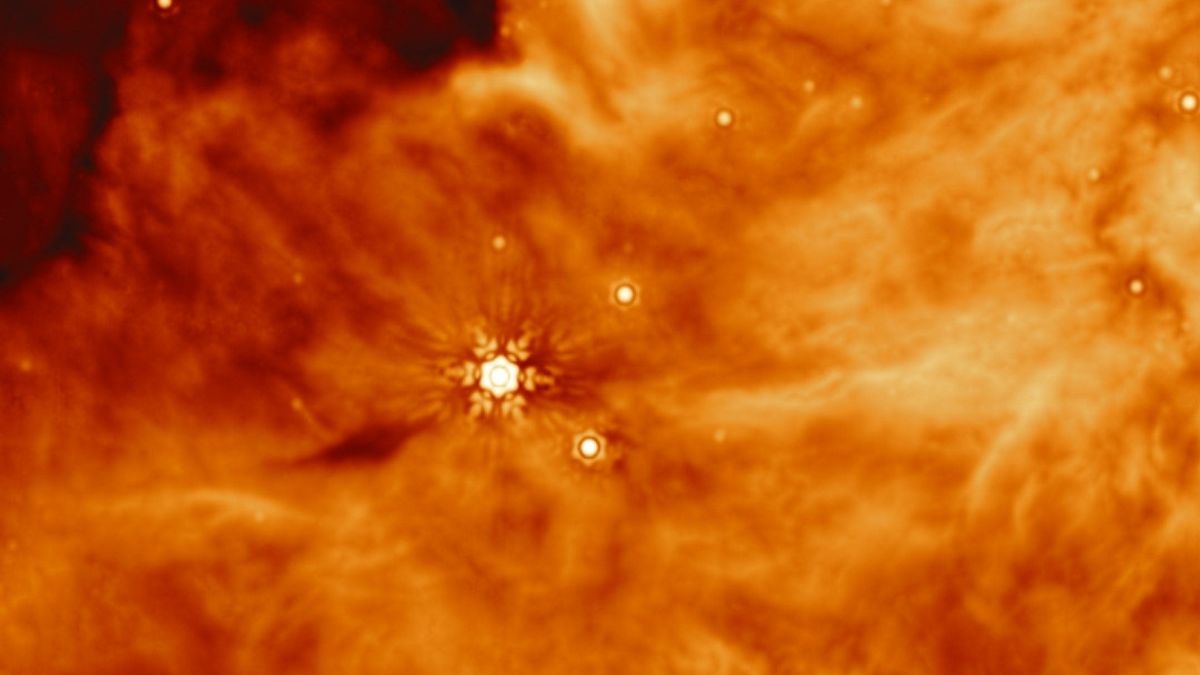JAKARTA An international team of astronomers consisting of scientists at various universities research the protostars IRAS 2A and IRAS 23385. Both were studied using NASA's James Webb Telescope.
Although the two stars are still in the process of being formed, Webb has succeeded in detecting molecules. Some of the materials that allow the creation of life in the star are ethanol or alcohol and acetum acid.
Etanol and acetate acid, part of the Complex organic molecule (COM), is believed to come from ice depleting. Therefore, scientists hope that the detection of COM in ice is able to improve understanding of the origins of other molecules.
The science team that examined IRAS 2A and IRAS 23385 using Mid-Infrared Instrument (MIRI), part of James Webb, also found simpler molecules, namely format acid, methane, formaldehyde, and sulfur dioxide.
Although the molecules are simple, research shows that sulfur-containing compounds can play an important role in driving metabolic reactions. Thus, the two protostars can have signs of life.
SEE ALSO:
Meanwhile, MIRI Webb points out that IRAS 2A has a low mass. This mass is thought to be similar to the early stages of solar system formation so that chemicals around IRAS 2A may be in the formation stage.
Ewine van Dishoeck, a researcher from Leiden University, said these molecules could become part of comets and asteroids. After that, all molecules will become a new planetary system along with the growth of protostars.
Emine hopes that she and her colleagues can research more molecules during the formation of the protostars. This research will be part of the James Webb Observations of Young ProtoStars (JOYS+) program.
The English, Chinese, Japanese, Arabic, and French versions are automatically generated by the AI. So there may still be inaccuracies in translating, please always see Indonesian as our main language. (system supported by DigitalSiber.id)


















